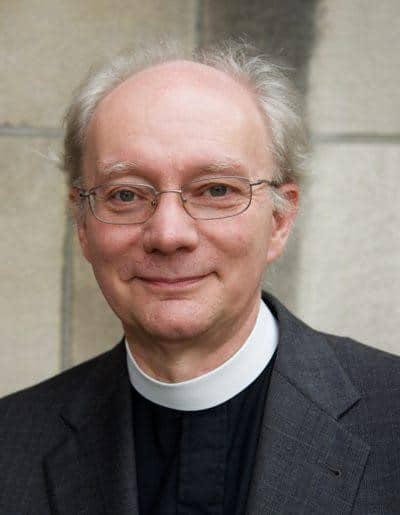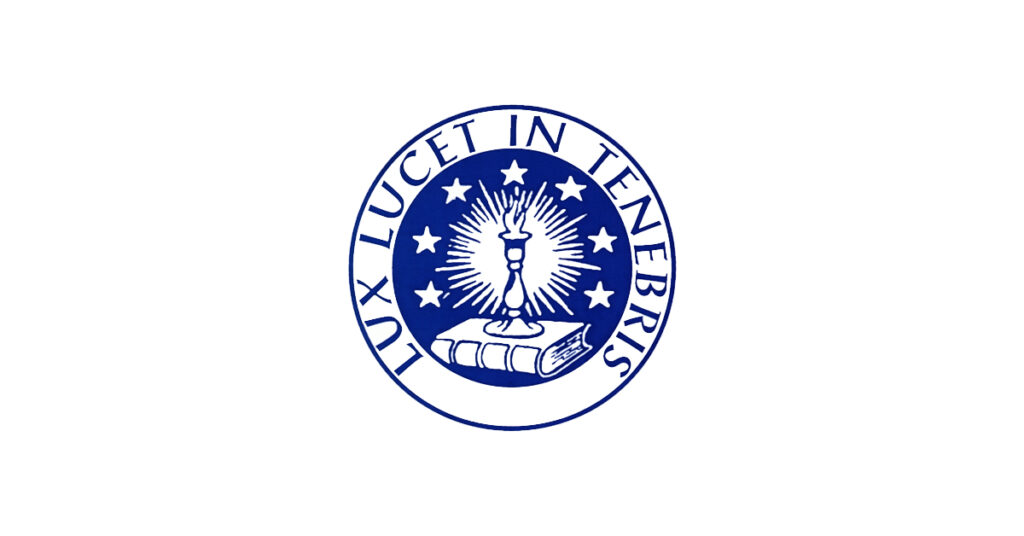A Movement that is Perpetually in Motion
A Report on This Year’s Italian Waldensian Synod

This report was written by Euan Cameron, a member of the board of the American Waldensian Society and Henry Luce III Professor Emeritus of Reformation Church History at Union Theological Seminary in New York. It was originally posted by the American Waldensian Society.
The Synod was inaugurated with a service in the Tempio. Before that, the international visitors were invited to a reception in the Casa Valdese, followed by the presentation of two candidates for ordination to the pastorate. The two candidates were Kassim Conteh, currently serving as a co-pastor in the valley of Angrogna just to the north of Torre; and Maliq Meda, who has been assisting in the Waldensian churches in Taranto, in the extreme south.
Neither of these ordinands came from traditional Waldensian backgrounds: Maliq is Albanian and comes from a Muslim family; Kassim’s origins are in Sierra Leone, though he has travelled much in the last few years. That two new ordinands came from such diverse origins was rightly regarded as a cause for celebration.
The ordinands made their formal promises to the assembled pastorate in the Casa Valdese, then we all processed to the Tempio for the opening worship service of the synod. Pastor Sophie Langeneck preached a powerful sermon on the Gospel passage of “the stones would cry out” from the narrative of Christ’s entry into Jerusalem. Kassim and Maliq were formally ordained (or as is said in the Waldensian tradition, “consecrated”) during the service. Special acknowledgements of particular ministries were given to Herbert Anders, pastor of the Waldensian church in Zurich; to Francesca Nuzzolese, who serves on the academic staff of the Facoltà Valdese in Rome; and to Tara Curlewis, an Australian pastor who serves as Ecumenical Liaison Officer for the ecumenical office of the World Communion of Reformed Churches in Rome. A notable feature of the service was the shared confession made in the words of the Accra confession of faith, with its call for economic, social, and racial justice in the world.
The complete service may be viewed on https://www.youtube.com/watch?v=C9yWFnUAbww
One unexpected feature of the Synod is that, while an extensive preliminary report is prepared weeks or months in advance, the actual order of business is worked out in a very rapid private session just before the synod itself begins. The first session consisted of the presentation of the report of the examining commission (a shorter document written in response to the larger report) and the presentation on the screens of the actual order of business (hurriedly photographed on the participants’ phones).
The most portentous, and in some respects most challenging, business of the first day was the synod’s response to issues of war and peace: more especially, how to respond to the ongoing dreadful state of affairs in Israel and Gaza. After many hours of intense, but notably courteous and respectful debate, late on the Monday night a text was proposed which, rather to the synod’s surprise, proved acceptable to everyone and was affirmed. The document, Resolution 42, has since been the subject of an official English translation.
Tuesday’s business was somewhat more routine and less controversial, and many of the overseas visitors took time out for a sequence of visits organized by the Tavola. In the morning, we were escorted to the new exhibitions in the Museo Valdese, including a temporary exhibit entitled “Waldensian origins between history and myth.” This display explained how the myth of the apostolic or ancient history of the Waldensian movement established itself in certain sections of the Protestant world, only to be gradually dissolved by the scholarly researches of Emilio Comba in the late 19th century. The permanent exhibition on the history of the movement was extremely well put together, with reproductions of original documents and artifacts. I personally appreciated very much an extended conversation with Marco Fratini, librarian and historian to the cultural center, as well as a collection of books and offprints generously pressed into my hands before leaving.
In the afternoon it was intended to take the visitors on a tour of the Casa Valdese delle Diaconesse, which now serves as a facility for the care of the elderly and infirm. Very tragically, one of the staff had lost a child to an accident in the previous week, and it was felt inappropriate to bring visitors into a facility which was, as a community, in mourning. Instead, we gathered for two hours of presentation and questions and answers, with translations, in conversation with Gianluca Barbanotti, executive secretary of the Diaconia, and also with the manager of the Casa delle Diaconesse. Extensive information about the structure, services, management and financing of this vital caring work was given to us: We probably learned more than would have been possible had the original plan been able to go ahead.
At the end of the day, a highlight was the dinner for all international and leading participants at the Sala Polivalente, the community center attached to the Waldensian tempio at Villar Pellice. On this occasion, all those who had not given formal pre-circulated greetings to the synod itself were invited to give spontaneous speeches of greetings from our various organizations and denominations, with extremely skilled translation provided as needed. The dinner was also an opportunity for relaxed conversations with other invited delegates (in a variety of languages) and a chance to meet those whose work we have read about in organizations such as Mediterranean Hope. One is, as always, humbled by the capacity of so many Europeans to speak English far better than we speak their languages (though occasionally our Italian friends gently dig in their heels, and make clear that if one knows Italian, one is expected to speak it).
As the relentless workload of those whose careers are focused on building ecumenical relationships dictated, several of the international visitors began to leave from Wednesday onwards, in many cases to other ecumenical gatherings elsewhere in the Reformed world. Much of the remaining days of the Synod was relatively routine, though there were moments of animation. It was remarkable – and encouraging – to hear from the Dean of the Facoltà, Lothar Vogel, that the numbers of students entering training with a possible view to serving as pastors has now begun to increase, after some years of decline. There was certainly an undertow of concern that the numbers engaging with the life of the Waldensian and Methodist Churches in Italy, like those of other mainline churches, seem to be in gentle decline. Yet the tone of the synod was anything but pessimistic. The Moderator, Alessandra Trotta, is energetic and upbeat in her public utterances and in private conversation. The spirit was of a community that rejoiced in gathering to affirm its unique and ancient mission, with a strong sense that part of its heritage is to be in constant movement and change, to meet the needs of the moment. As the subtitle in the publicity material for the 850th anniversary commemorations puts it, these are “Valdesi in movimento:” a movement that is perpetually in motion.

